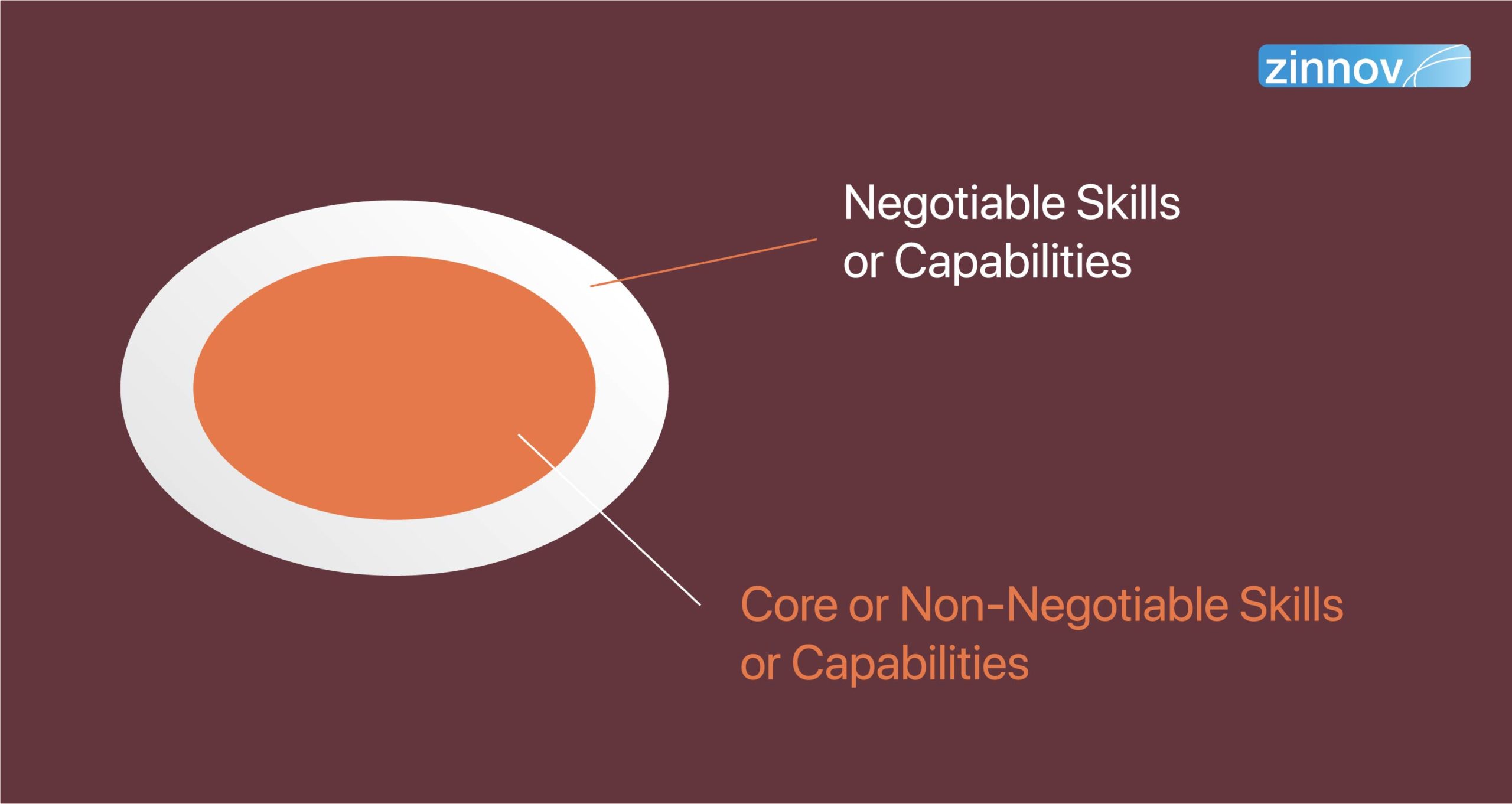|
|
Before we understand what the Myth of the Perfect Candidate is, let’s look at a case study.
There was a company – let’s call it Company X, located in a metro city, doing some ground-breaking work in a specific domain. Over the years, the company had gained the reputation of being the best in the industry. At one point, the most priced asset of the company, a process leader (let’s call him Mr. A) who had been instrumental in the company’s growth, decided to part ways with it.
Now, the company was left with a void that seemed impossible to fill. Yet, to cater to the business demand, the company’s HR decided to create a job description (JD) and start the recruitment process. To create the JD, they simply copied all the skills from Mr. A’s resume and pasted them into two columns – some under ‘Must Haves’ and some under ‘Good to Haves.’ Here’s the twist – when Mr. A joined the company, he was 25 years of age and he grew steadily within the company, acquiring skillsets over a period of 10 years. However, when the HR created the JD, they included in it all the skillsets acquired by Mr. A over a decade and expected the candidate to possess those skillsets right from the start.
It was an exercise in futility! Even though the HR and Business Leadership interviewed candidates by the dozen, they were unable to find the perfect candidate to replace Mr. A.
This is not a fictional story but based on actual facts. In fact, in looking for an apples to apples match, the myth of a perfect candidate starts dominating hiring outcomes and budgets of companies.
Well, the simple answer is NO.
A perfect employee is always a product of years of grooming and evolution of skillsets in correlation to the company that the employee works for. If an employee takes years to become a perfect match for the position they work in, it is unlikely that one can hire a candidate who is a perfect match from day one.
The task of hiring a candidate who has the potential to be ‘perfect’ over time, although difficult, is not impossible. One can take steps to find a close match to the requirement. Here are a few steps that can be taken to ensure a near-perfect match to the requirement:
The JD of any role comprises of multiple things. It is a combination of technical skillsets and soft skillsets required for the employee to fulfil the expected duties and responsibilities.

The most important step in creating a comprehensive JD is to understand the non-negotiable and negotiable skillsets for a role, more commonly known as must haves and good to haves. Each position or requirement has a set of skillsets which is non-negotiable – for e.g., for a Java developer’s position, knowledge of Java will be a non-negotiable skillset, while React or experience in Node.js might be a good-to-have skillset depending on the coding requirements of the role.
The HR can place the right skillsets in the right circle by answering multiple questions like –
Answering some of above questions can allow hiring managers and HR teams to design a JD that is more relevant to the role.
When a recruiter has the clarity on the capabilities and skillsets that are negotiable and non-negotiable for a role, they then need to understand which of these skillsets and capabilities can the candidate or newly-recruited employee be trained on or coached on.
The role may require a certain subset of technical capabilities or specific process or operational agility. Some of these capabilities are company-specific and learnable in a short period. Using a cookie-cutter approach to search for ‘the mythical perfect candidate’ leads companies to burn time and money in recruiting, while setting in a feeling of disappointment of not finding ‘the perfect candidate.’ The more appropriate way to deal with this is by identifying a list of technical skillsets or operational capabilities that the candidate can be coached on, once on-boarded.
This step gives an organization the opportunity to interview a bigger pool of candidates and to mold the candidate as per the requirement or culture of the company. This kind of investment in a candidate often proves beneficial to the company in the long run as it is viewed by the employee as learning and development investment for the employee’s skill growth.
Every company has certain key attributes that form the base of its organizational culture. A candidate’s alignment to these attributes is sometimes more important than the candidate’s actual technical and operational expertise. These, if well evaluated, increases the probability of the candidate’s engagement with the company and increases the odds of them blending into the organization’s work culture at the earliest.
Such transitions tend to be important as they then form the base of grooming the candidate into a perfect employee.
Similar to cultural fitment, another important aspect that recruiters need to look out for is the leadership attributes that the candidate exhibits. While recruiting for the leadership roles, the company should be open to accepting and interviewing candidates with varied combinations of leadership styles and skills, who bring in diverse management skills as well as the technical know-how required for the role.
If Company X mentioned above would have tried to hire a candidate who had the potential to do most tasks done by Mr. A in that ‘role’ instead of trying to find ‘a clone of Mr. A,’ they could have saved time and energy. Additionally, they wouldn’t have had to push their hiring budget to meet the inflated salary expectations of rare candidates who are close to being clones of Mr. A. This would have significantly reduced the downtime and allowed for the work to begin sooner.
This myth of a perfect candidate has a compounding effect for companies that are trying to hire talent in a new global location. Globalization allows companies to benefit from the unique perspectives that each geography and culture bring. But by trying to find a ‘clone of Mr. A,’ the very purpose of globalization is defeated.
Without reducing the hiring bar, companies should hire for aptitude, cultural fitment, core skills, and learnability. The new hire will become an excellent candidate for ‘the job’ when the company invests in strong on-boarding and integration programs for the new hire.
